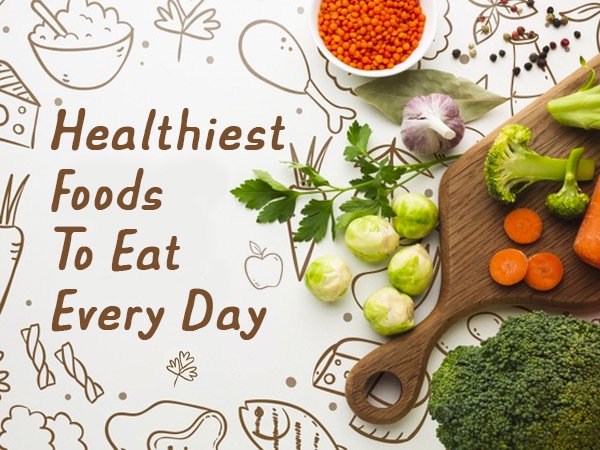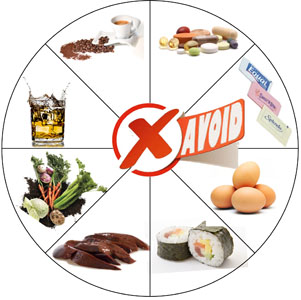
Diabetic patients have a wide range of options for food. It is important to select healthy foods that are appropriate for their needs and lifestyle. To control blood sugar, a balanced diet is crucial. Legumes are high in protein, fiber, and high-quality carbohydrates. Soluble fiber reduces hunger and stabilizes blood sugar levels. Recent research found that eating legumes decreased type 2 diabetes risk and helped to control blood sugar levels.
As a low-carb food, avocados are a great choice for diabetics. Avocados provide healthy fiber and healthy oils. Walnuts have a high level of omega-3s making them a good choice for diabetics. Walnuts are best consumed in small amounts. Chickpeas can be eaten, which are high in fiber as well as protein. They are high-protein and low-carb snacks, since they have a lot of dietary fiber.
Most people don’t like spinach. But, pumpkins contain beta-carotene which can be converted into essential vitamin A. Mixing the skin with other vegetables can provide fiber if you're unable to eat them. They can be prepared and eaten as part of your meal. Mixing quinoa into your favorite soup, smoothie or stew will give you an additional boost of protein.

Greek yogurt can be enjoyed as a snack by diabetics. A portion of this starchy vegetable is only six to eight grams, so it is a safe choice for a snack or breakfast. Some brands may contain added sugar so make sure you read the label. You can also eat fruits in moderation, such as cherries and berries, along with yogurt. Flax seeds are high in lignans, which reduce heart disease risk and improve insulin sensitivity.
Sweet potatoes are rich in potassium, fiber and lean proteins. They can be cooked and eaten as a snack. Sweet potatoes are a good side dish for lean protein or vegetables, even though they are high in carbs. They are also a good source of magnesium, which lowers the risk of diabetes and can prevent stroke. These are why they are considered the best foods to eat for diabetics.
A wide range of fruits, vegetables and other foods are high in antioxidants. They can be used as a salad ingredient or in smoothies. Greek yogurt can be used in salads and yogurts, as well as berries. These can be added to any yogurt you prefer. They can also be used to make smoothies. These can be used to enhance the flavor of desserts when you prepare fruit salads.
Diabetic diets need to be balanced. The best diabetic foods should have low sugar levels, but no saturated fats or trans fats. Instead of being high in fat, they should be high-in fiber, protein,, and fiber. A diabetic diet should be based on fruits and vegetables as well as whole grains. Healthy fats should also be part of the diet. These foods provide many health benefits.

Healthy eating habits for diabetics include plenty of fruits, vegetables, and whole grains. You want to eat fresh, organic fruits and veggies. Low-calorie foods are best for diabetics. There are many ways to incorporate fruits and vegetables into your daily routine. Nuts can be eaten every day, for example. These delicious foods can be healthy for diabetics. To prevent diabetes, be sure to limit your sugar intake.
Other foods for diabetics include Greek yogurt. It is high in fiber and low in carbohydrates. It can be enjoyed as a snack or as a savory dish. You can include many whole grains in your diet. They contain low-calorie and high-fiber foods. For example, whole-grain breads are the best foods for diabetics because they are low-sugar. These breads, pastas, and other whole-grain foods are also good sources of fiber.
FAQ
What is the best way to live a healthy lifestyle?
Healthy lifestyles include eating healthy food, regular exercise, good sleep, and avoiding stress. These are the keys to a healthy and long-lasting life.
Starting small can make a big difference in your diet, and even your exercise routine. To lose weight, you can start walking for 30 mins each day. Or, if you want to get more active, take up swimming or dancing. You could also join an online fitness program like Fitbit or Strava that tracks your activity levels.
What is the difference between calories and kilocalories in food?
Calories refer to units that are used for measuring the energy in food. The unit of measurement is called a calorie. One calorie equals one degree Celsius of energy to raise water temperature by 1 gram.
Kilocalories can also be used to refer to calories. Kilocalories can be measured in thousandsths of one calorie. For example, 1000 calories equals one kilocalorie.
Why is it important that we live a healthy and happy life?
A healthy lifestyle will help us live longer and happier lives. Healthy eating habits, regular exercise, healthy sleep habits, stress management, and good sleep habits can help to prevent heart disease, stroke, diabetes, cancer, and other serious diseases.
A healthy lifestyle will improve our mental well-being and help us deal better with everyday stressors. Healthy lifestyles will increase self confidence, and make us look and feel older.
Statistics
- The Dietary Guidelines for Americans recommend keeping added sugar intake below 10% of your daily calorie intake, while the World Health Organization recommends slashing added sugars to 5% or less of your daily calories for optimal health (59Trusted (healthline.com)
- nutrients.[17]X Research sourceWhole grains to try include: 100% whole wheat pasta and bread, brown rice, whole grain oats, farro, millet, quinoa, and barley. (wikihow.com)
- WHO recommends consuming less than 5% of total energy intake for additional health benefits. (who.int)
- Extra virgin olive oil may benefit heart health, as people who consume it have a lower risk for dying from heart attacks and strokes according to some evidence (57Trusted Source (healthline.com)
External Links
How To
What does "vitamin" actually mean?
Vitamins are organic compounds that can be found in foods. Vitamins are necessary for us to absorb nutrients in the foods we consume. Vitamins are not made by the body, so they must be obtained through food.
There are two types if vitamins: water soluble, and fat soluble. Water-soluble vitamins dissolve quickly in water. These include vitamin C (thiamine), Vitamin B1 (riboflavin), Vitamin B2 (riboflavin), Vitamin B3 (niacin), Vitamin B6 (pyridoxine), Vitamin C, B1 (thiamine), Vitamin B2 (riboflavin), Vitamin B3 (niacin), and Vitamin B6 (pyridoxine). Fat soluble vitamins are stored in the liver and fatty tissue. Vitamin D, E, K and A are some examples.
Vitamins are classified according to their biological activity. There are eight major groups of vitamins:
-
A – Essential for normal growth, and the maintenance of good health.
-
C – essential for proper nerve function.
-
D – Essential for healthy teeth, bones and joints
-
E is required for good vision and reproduction.
-
K - required for healthy muscles and nerves.
-
P - Essential for strong bones and teeth.
-
Q - aids digestion, absorption and absorption iron
-
R - necessary for making red blood cells.
The recommended daily allowance of vitamins (RDA), varies according to age, gender, physical condition, and other factors. The U.S. Food and Drug Administration, (FDA), sets the RDA value.
For adults over 19, the RDA for vitaminA is 400 micrograms per daily. Because it is essential for the development of the fetus, pregnant women should consume 600 micrograms per daily. Children ages 1-8 require 900 micrograms per day. Babies under one-year old require 700 mg per day. Between 9 and 12 years of age, however, this drops to 500 mg per day.
Children between the ages of 1-18 need 800 micrograms per daily for obesity, while children overweight require 1000 micrograms. Children underweight or obese will need 1200 mg per day.
Children 4-8 years old who have anemia must consume 2200 micrograms of Vitamin C daily.
2000 micrograms is the minimum daily intake for adults over 50 years old to maintain good health. Because of their higher nutrient needs, women who are pregnant or nursing need 3000 mg per day.
Adults over 70 years of age need 1500 micrograms per day since they lose about 10% of their muscle mass each decade.
Women who are pregnant or nursing need more than the RDA. Pregnant and breastfeeding women require 4000 micrograms each day during pregnancy and 2500 Micrograms each day after delivery. Breastfeeding mothers need 5000 micrograms per day when breast milk is being produced.